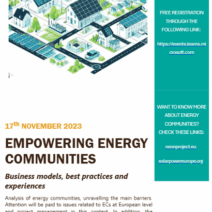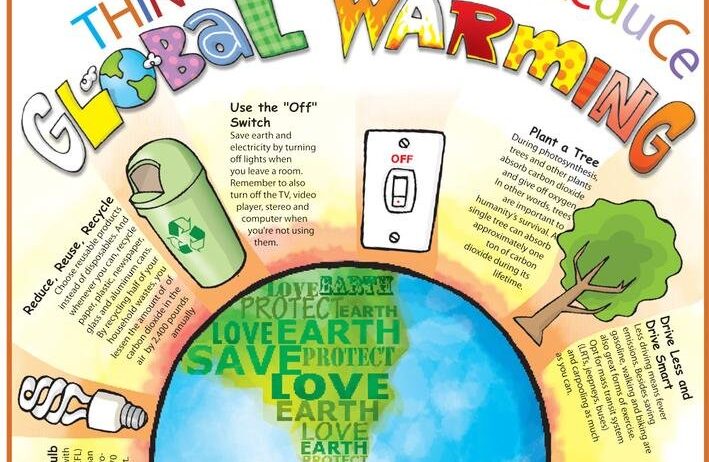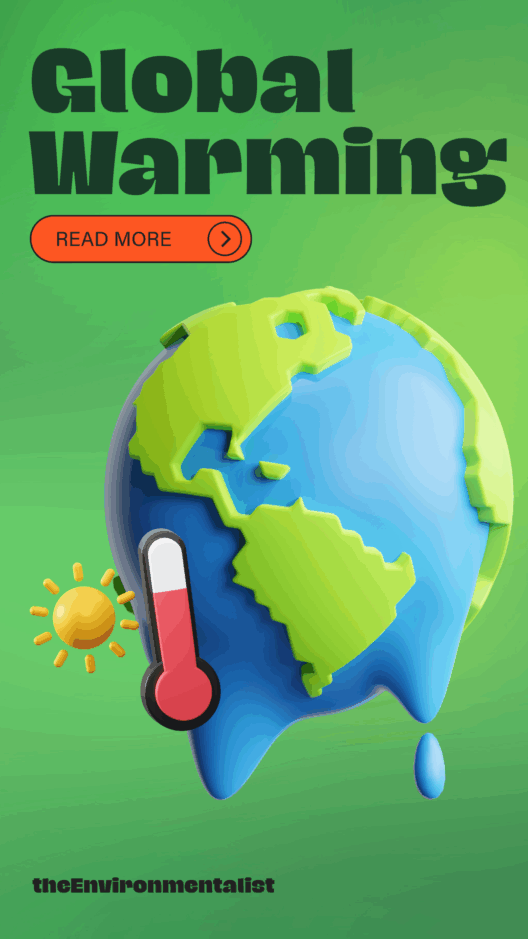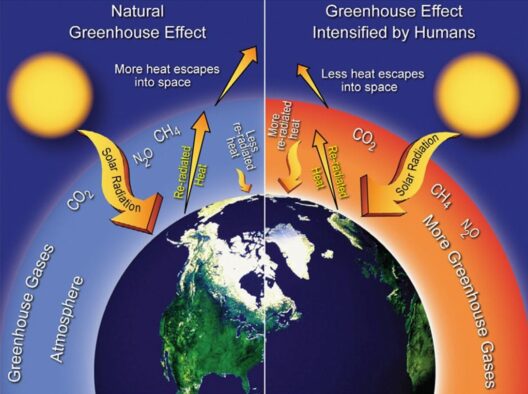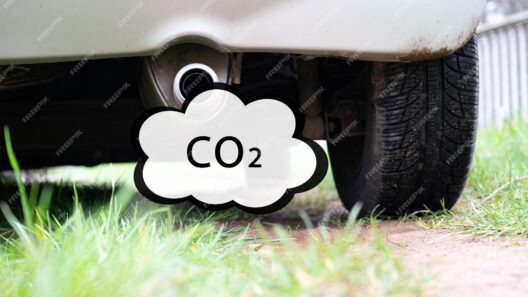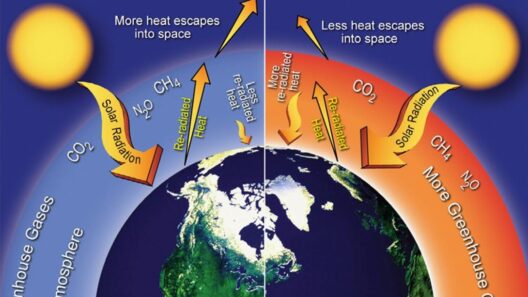Global warming is an unprecedented challenge, one that necessitates immediate and concerted efforts from individuals, communities, and nations. The implications of a warming planet touch every facet of life, from agricultural yields to water resources and biodiversity. An effective climate action guide serves as a roadmap, outlining how we can tackle this issue head-on. Here, we delve into the myriad strategies that can be employed across various sectors of society.
**Understanding Global Warming: The Science Behind the Crisis**
To fully engage with the urgency of climate action, it is incumbent upon each individual to comprehend the scientific underpinnings of global warming. Greenhouse gases, primarily carbon dioxide, methane, and nitrous oxide, trap heat in the earth’s atmosphere, resulting in rising temperatures. This phenomenon has been exacerbated by human activities such as fossil fuel combustion, deforestation, and industrial processes. Understanding the interconnectivity of these elements is crucial because it lays the foundation for actionable solutions.
**The Role of Energy Consumption: Transitioning to Renewable Sources**
Energy consumption is at the heart of global warming. The conventional energy paradigm relies heavily on fossil fuels, which release vast amounts of greenhouse gases upon combustion. Transitioning to renewable energy sources such as solar, wind, and hydroelectric power is non-negotiable. These alternatives not only reduce greenhouse gas emissions but also promote sustainability and energy independence. Communities can invest in local solar initiatives or advocate for legislative measures that support renewable energy infrastructure.
Furthermore, energy efficiency must be prioritized. This can involve improving insulation in buildings, utilizing energy-efficient appliances, and implementing smart grid technologies. By reducing overall energy demand, society can significantly lower its carbon footprint while also fostering economic savings for households and businesses alike.
**Transportation and Urban Planning: Rethinking Mobility**
Transportation is another significant contributor to global warming, accounting for a substantial percentage of global greenhouse gas emissions. To mitigate this impact, a shift towards sustainable transport options is imperative. This can encompass the adoption of electric vehicles, expanding public transportation networks, and developing infrastructure for cycling and pedestrian pathways.
Urban planning plays a pivotal role in fostering a climate-resilient future. Smart urban design can reduce reliance on automobiles by creating walkable cities, enhancing green spaces, and ensuring access to essential services. Implementing mixed-use developments encourages a lifestyle that is less dependent on fossil fuels, contributing to both reduced emissions and improved community well-being.
**Agriculture: Cultivating Sustainable Practices**
The agricultural sector is both a contributor to and a victim of global warming. Traditional farming practices can release significant amounts of carbon dioxide and methane. To address this, adopting agroecological methods is crucial. Sustainable agricultural practices, such as crop rotation, agroforestry, and organic farming, can enhance soil health and sequester carbon, effectively transforming food production into a climate solution.
Moreover, reducing food waste is essential. Approximately one-third of food produced globally is wasted, leading to unnecessary emissions during production, transport, and disposal. By advocating for smarter food sourcing and consumption habits, individuals can contribute to significant reductions in greenhouse gas emissions associated with food systems.
**Waste Management: Closing the Loop**
Effective waste management is integral to combating climate change. Landfills are a significant source of methane, a potent greenhouse gas. Transitioning to a circular economy, where waste is minimized, reused, and recycled, is essential. Communities can implement comprehensive recycling programs, support composting initiatives, and advocate for policies that minimize single-use plastics.
Engaging in community clean-up efforts and promoting awareness about the importance of reducing, reusing, and recycling can foster a culture of environmental stewardship. Furthermore, supporting businesses that invest in sustainable materials and practices aligns local economies with climate-conscious values.
**The Power of Advocacy: Mobilizing Together for Climate Action**
Individual actions, while impactful, are amplified when coupled with collective advocacy. Grassroots movements can exert significant pressure on governments and corporations to adopt sustainable policies. Participation in local environmental groups or global movements such as climate strikes can help raise awareness and foster a sense of urgency around climate action.
Lobbying for legislation that prioritizes emissions reductions, conserving natural resources, and transitioning to renewable energy can lead to systemic changes. Engaging with peers to educate them about the importance of climate action creates a ripple effect, inspiring broader societal shifts toward sustainability.
**Conclusion: A Collective Responsibility**
The task of tackling global warming is formidable, requiring profound commitment and collaboration at every level of society. From individuals to policymakers, every action counts. By transitioning to renewable energy, rethinking transportation, adopting sustainable agricultural practices, enhancing waste management, and fostering advocacy, we fortify our resolve against the climate crisis. This collective responsibility is not merely an obligation; it is an opportunity to forge a sustainable future for generations to come.


